When Gillian Ross was in her 20s she found herself really struggling with really low mood and exhaustion during the winter months.
It wasn’t until the spring that she realised something had been wrong.
The 42-year-old support worker from Dundee is just one of a third of adults in the UK who are impacted by seasonal affective disorder (SAD).
“Over a few years I would feel worse and worse during the winter,” she says.
“I just felt so tired and wanted to hibernate.
“Then one winter it got really bad.
“I remember thinking I needed to go to hospital and ask someone to help me because I didn’t know how to cope with it anymore.
“It wasn’t until the following spring, when I came out of it, that I recognised something had been wrong.
“I did some research and went to see my GP.
“I explained how I was feeling and told him I thought it might be seasonal affective disorder and he agreed.
“Luckily I had a GP who was really understanding and he put things in place to help me.”
What is seasonal affective disorder?
SAD Seasonal affective disorder (SAD) is a type of depression that some people experience during particular seasons or times of year.
Whilst seasonal affective disorder can affect people throughout the year, it’s common to see symptoms worsen in the winter months.
Symptoms can include: lethargy, low mood, food cravings and irritability amongst others.
During the winter, the condition is thought to be linked to the sun and a lack of daylight hours.
Imbalances in the hormones serotonin or melatonin which work together to regulate sleep and other bodily functions may also have an impact.
How does Dundee’s Gillian deal with seasonal affective disorder?
In September Gillian starts noticing symptoms so this is when she starts taking anti-depressants to help lift her mood.
“My GP spoke about trying anti-depressants.
“Initially I was sceptical because I didn’t know if they would work.
“But they have helped with my depression symptoms. So I have stuck with them.
“In the autumn I start taking them because they can take a while to build up in your system.
“I continue taking them until the clocks change again in the spring and that’s when I might slowly start reducing them.”
Using SAD lamps
Gillian’s GP also mentioned trying a SAD lamp or light box which she now uses.
They are designed to deliver a therapeutic dose of bright light to treat symptoms of SAD.
“The first one I bought I used in the laboratory where I worked at the time because there were no windows,” she says.
“Then I bought a medical SAD lamp I now use in the morning during the winter months.
“I find it really helps me with the tiredness.”
Going for ‘mindful’ walks and taking vitamin D
Gillian has also found going outside for walks with her dog Bramble help as well as taking a vitamin D supplement in the winter.
“I try and use my walks mindfully because sometimes you can get a bit in your head and you aren’t paying attention to the here and now.
“So I have found that focussing on things around me while I am out walking – like trees changing colour or buds in the spring – has been really helpful.”
She continues: “Now I take a more holistic approach to the concept that there is nothing wrong with slowing down for a season.
“I try to be gentle to myself – giving myself permission for self-care and recognising I don’t have to be the exact same person every month of the year.
“Just accepting that the winter is going to be the quieter, reflective, calmer months and in the summer I can do more.”
Reaching out to friends
Gillian has found opening up to her husband Rob and friends has also helped her to cope with SAD.
“I remember talking to friends and what really helped was them opening up about their experiences of depression.
“That made me realise I wasn’t alone.
“I found the support I had from my husband and from friends with lived in experience was one of the most helpful things.”
‘Being out in nature elevates mood’
Trevor Harley, 66, also suffers from seasonal affective disorder.
The Emeritus Professor of Psychology at the University of Dundee says there are a number of things which he does to minimise his SAD symptoms.
This includes taking vitamin D and trying to get as much exposure to sunshine as possible.
“I started to notice my mood was significantly lower in autumn and winter as the amount of daylight becomes shorter.
“What helps control our ability to sleep and wake at the right time is exposure to sunshine in the morning, as early as possible.
“So I have a little poodle Beau who makes me go out every morning and I find this really helps me.
“Being out in nature has also been shown to elevate mood and helps you to relax.”
Trevor has also found SAD lamps to be very effective for his SAD.
“I use one SAD light that I have on when having breakfast and reading the paper online in the morning.
“And I have another one I use when I am working. There is lots of evidence that they are exceptionally effective.”
He adds: “I would recommend anyone who suffers from SAD to get one as they raise your alertness and help you feel more awake.
“Having it on for half an hour in the morning is generally the recognised time for it to make a difference.”
What are the best ways to combat SAD symptoms?
Dundee psychotherapist Alison MacLeod says it is important for people to get to know how SAD affects them so they can find the best ways cope with it.
She offers her main tips to help combat symptoms.
“Spend time outside during daylight hours every day, the earlier in the day the better, when the sun is higher in the sky,” she says.
“But if going outside is not an option, then a light therapy lamp can be used in your home.
“As always, stay active like going for a short walk or spending five minutes in the garden. Something is always better than nothing.
“Eat a healthy diet. Prepare nourishing meals ahead for times when you are too tired to cook and end up eating unhealthy options.
“It is also recommended adults take a Vitamin D supplement during the winter months. Ask your GP or pharmacist about this.”
Alison says mindset is often overlooked.
She says it is important for people be kind to themselves.
“Winter can feel like something to be endured and tolerated, not a time of rest, respite and nurturing,” she continues.
“It can be too easy to judge and criticise yourself if SAD does affect you.
“Accept you feel less energetic and sleep more during the winter months.
“Enjoy the simple things in life; contacting a friend, cosy lighting, (many of us are putting our fairy lights up earlier for the sheer joy of them).
“And gently push yourself in ways that are uplifting and nourish your body and soul.”
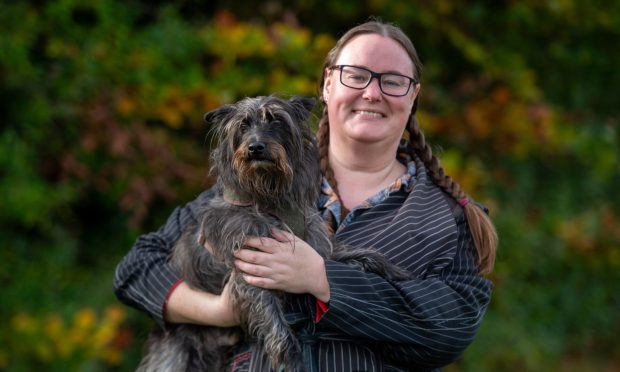
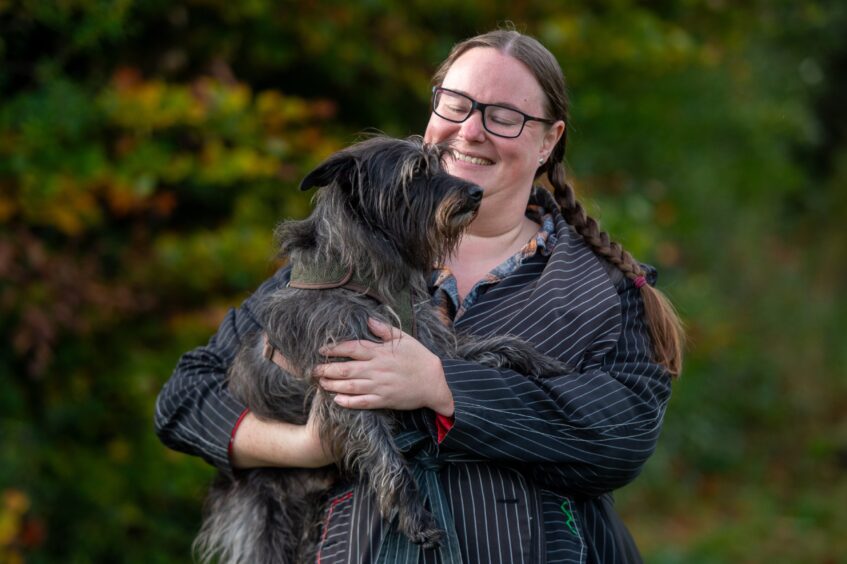
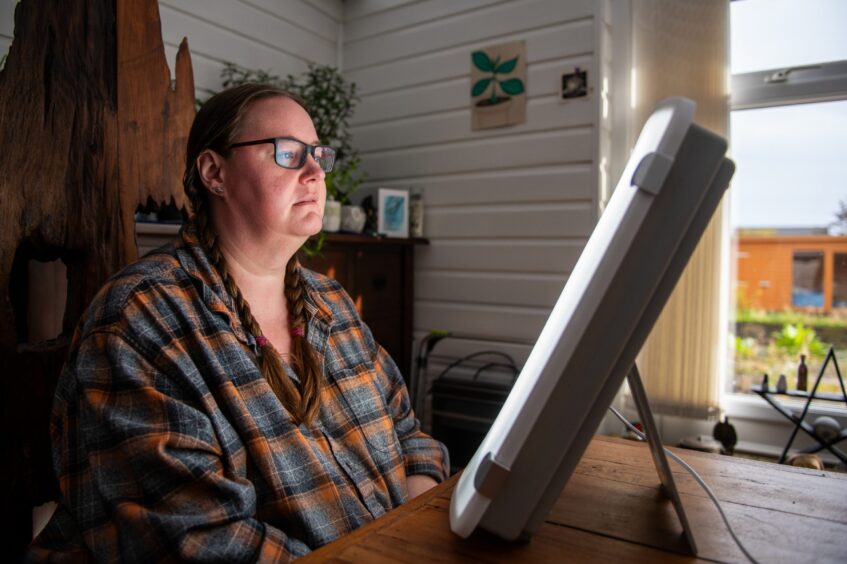
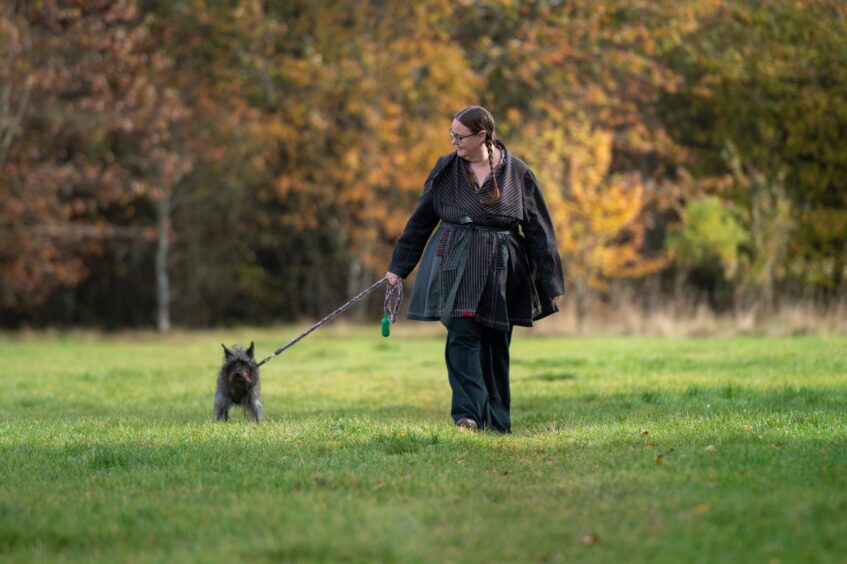


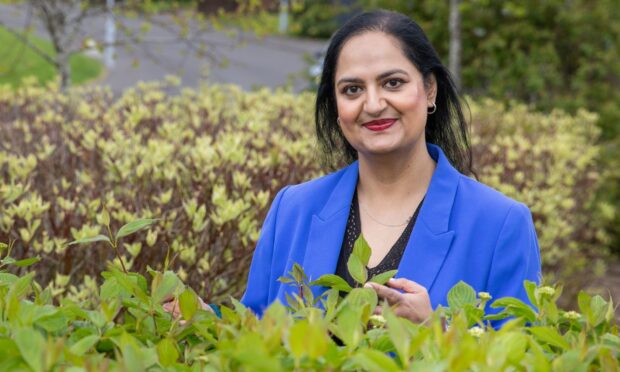

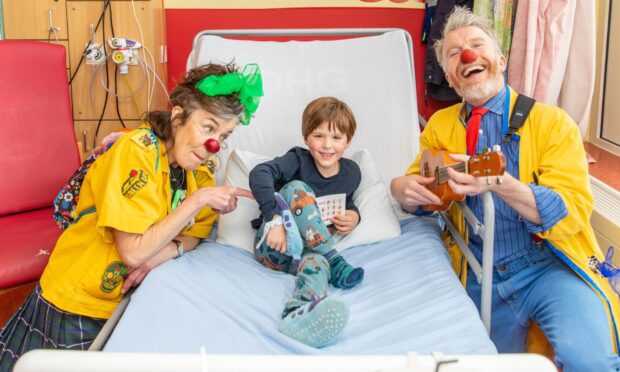


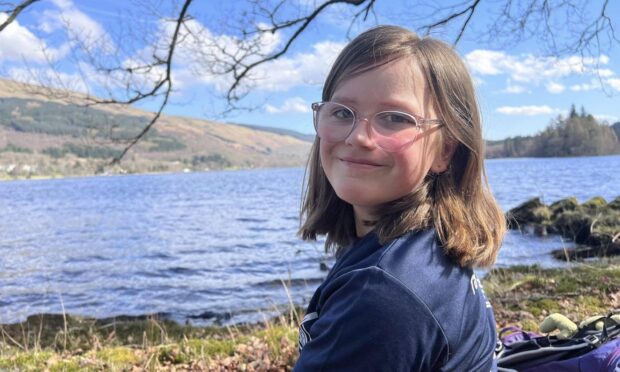
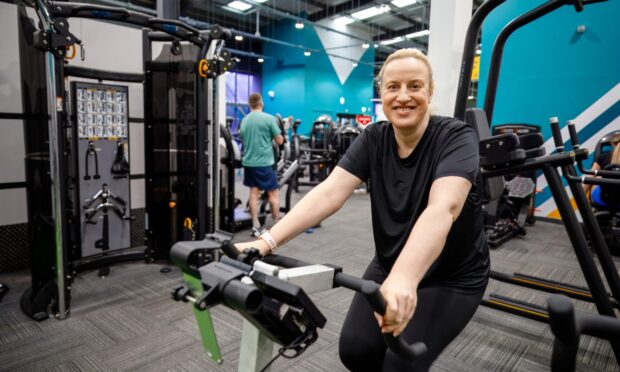

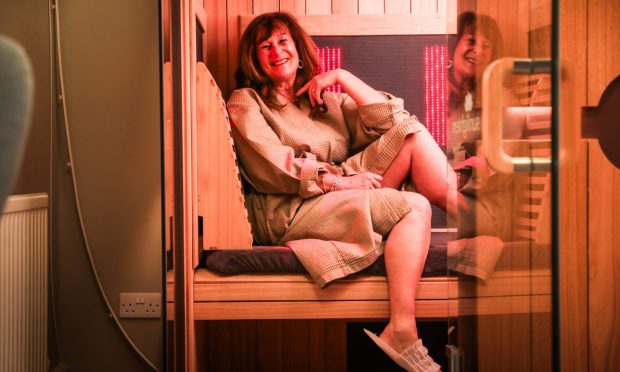

Conversation